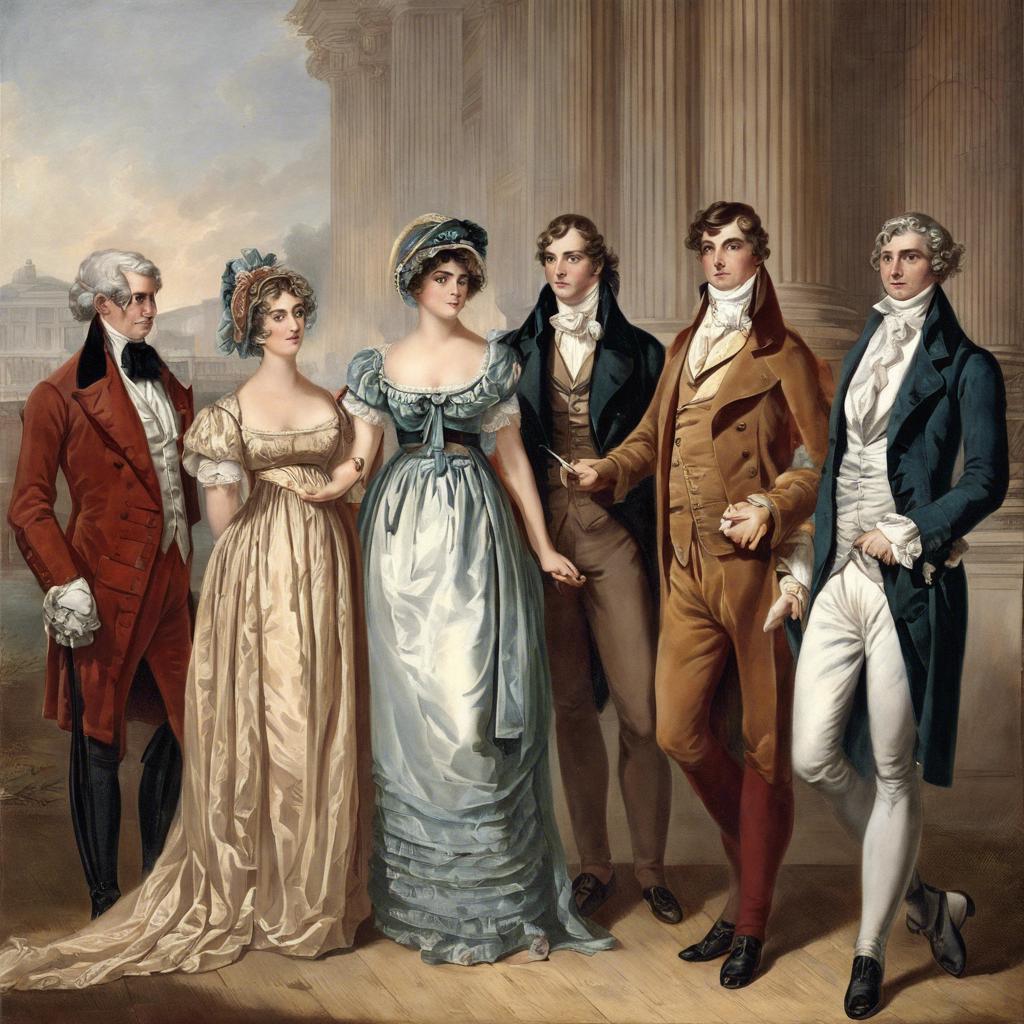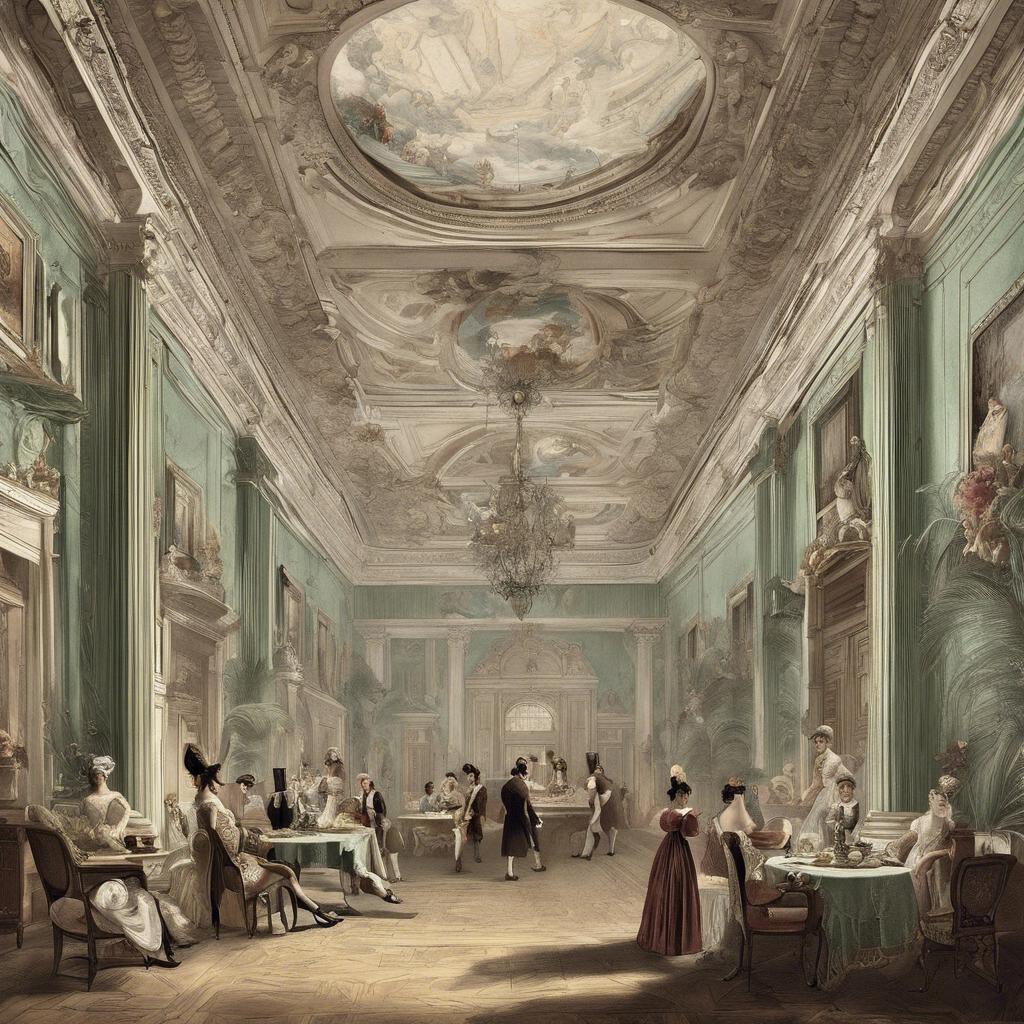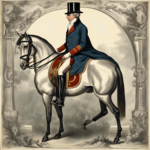The Regency Era, spanning from 1811 to 1820, was a pivotal period in British history characterized by political, social, and regency era“>cultural transformations. Following the mental illness of King George III, his son, the Prince of Wales, assumed the role of Regent. This era is marked by a unique blend of elegance, refinement, and scandal, making it a fascinating period to explore. In this article, we will delve into the intricacies of the Regency Era, examining its key features, notable figures, and lasting impact on British society.
Step Into the World of Cheryl Bolen
Dive into the enchanting stories of love, intrigue, and elegance set in the Regency Era. Cheryl Bolen's novels offer timeless romance and captivating tales that will leave you wanting more.
Explore Cheryl Bolen's Books Now
Overview of the Regency Era
The Regency Era, which spanned from 1811 to 1820, was a fascinating period in British history marked by the reign of King George IV. This era is known for its unique blend of elegant fashion, extravagant social gatherings, and shifting cultural norms. The Regency Era was a time of great political and social change, with the Napoleonic Wars raging in Europe and significant reforms taking place in Britain.
During the Regency Era, London emerged as the cultural and social capital of the world, with a thriving arts and literary scene. The era was characterized by a fascination with classical art and literature, as well as a renewed interest in medieval romances and Gothic fiction. Society was divided into distinct classes, with the upper classes indulging in lavish parties and extravagant lifestyles, while the lower classes struggled with poverty and harsh working conditions.
One of the most notable aspects of the Regency Era was the influence of the Prince Regent, who later became King George IV. His extravagant lifestyle and scandalous personal life helped to shape the culture of the time. The Regency Era also saw the rise of influential figures such as Jane Austen, whose novels captured the essence of the era with their sharp wit and social commentary. the Regency Era was a period of great change and innovation, leaving a lasting impact on British society and culture.
The Regency Era: Social Changes and Cultural Influence
The Regency Era was a period in British history that lasted from 1811 to 1820. It was characterized by the rule of Prince George, who acted as regent for his father, King George III, due to the king’s mental illness. This era was marked by significant social changes and cultural influence that shaped the society of the time.
One of the key social changes during the Regency Era was the rise of the middle class. With the Industrial Revolution in full swing, there was increased economic prosperity, leading to a growing middle class with more disposable income. This newfound wealth allowed them to engage in leisure activities, such as attending balls, theaters, and social gatherings.
The cultural influence of the Regency Era is perhaps best exemplified by the arts and literature of the time. The era saw the rise of Romanticism, a literary and artistic movement that focused on emotion, nature, and individualism. Authors such as Jane Austen and Lord Byron were prominent figures during this period, producing works that are still revered today for their insight into society and human nature.
Key Figures and Events of the Regency Era
The Regency Era in British history spanned from 1811 to 1820, during which King George III was deemed unfit to rule due to his mental illness. This led to his son, the future King George IV, acting as Prince Regent in his place. The Regency Era is known for its distinctive architecture, fashion, and cultural developments.
Key Figures of the Regency Era:
- George IV: Prince Regent during the era, known for his extravagant lifestyle and patronage of the arts.
- Jane Austen: Renowned author whose works, such as “Pride and Prejudice” and “Sense and Sensibility,” captured the social norms of the time.
- Lord Byron: Influential poet who embodied the Romantic movement with his works and scandalous personal life.
Events of the Regency Era:
- Napoleonic Wars: The era was marked by the ongoing conflicts between Napoleon Bonaparte’s France and Britain, with major battles like the Battle of Waterloo in 1815.
- Industrial Revolution: The period saw rapid advancements in industry, technology, and urbanization, transforming the British landscape and economy.
- The Peterloo Massacre: In 1819, a peaceful protest for political reform in Manchester turned violent when local authorities attacked the crowd, resulting in casualties.
Exploring Regency Fashion and Architecture
During the Regency era, which spanned from 1811 to 1820 in Britain, there was a shift in fashion and architecture that reflected the social and political changes of the time. Regency fashion was known for its elegance and simplicity, with women’s dresses featuring high waistlines, flowing skirts, and delicate fabrics such as muslin and silk. Men’s fashion also saw a departure from the elaborate styles of the previous Georgian era, with simple tailcoats, waistcoats, and trousers becoming the norm.
Regency architecture was characterized by a return to classical styles, influenced by the ancient Greek and Roman designs. Buildings from this period often featured grand facades, symmetrical layouts, and elegant columns. The famous architect John Nash was instrumental in shaping the Regency architectural landscape, with his works such as the Royal Pavilion in Brighton and Regent Street in London showcasing the grandeur of the era.
the Regency era was a time of refinement and sophistication in both fashion and architecture. The elegant simplicity of Regency designs continues to inspire modern creators and continues to be celebrated in various forms of art and design.
In Conclusion
the Regency era was a significant period in British history, characterized by political and social changes, cultural advancements, and the rise of iconic figures such as Jane Austen and Lord Byron. It was a time of elegance, sophistication, and innovation, shaping the course of British society for years to come. By delving into the intricacies of this era, we gain a better understanding of the forces that shaped the world we live in today. As we reflect on the enduring legacies of the Regency era, we are reminded of the timeless allure and influence of this pivotal period in history.


